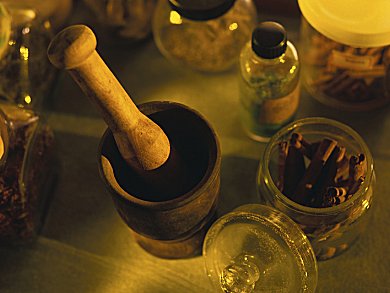Modern drug discovery is heavily driven by efficiency and safety. 100–200 years ago, doctors were mainly relaying on trial and error based on what seemed to make their patients better. Mark Benvenuto, University of Detroit Mercy, Detroit, USA, analyzed the contents of a collection of samples from the Henry Ford Museum, Dearborn, USA, to understand whether, for example, Dr. F. G. Johnsons’s French Female Pills or DeBell’s Kidney Pills were helpful, useless, or even harmful to the patients.
Using X-ray fluorescence spectroscopy for the solid materials and NMR for the liquids, elements such as arsenic, lead, and mercury that are commonly considered poisonous, as well as elements today known to have beneficial effects, such as calcium, iron, and zinc, were confirmed to be present in these historic therapeutics. Some of the heavy metals may be contaminations from the storage containers. However, arsenic and mercury were known to be common treatments for syphilis and lead may have been added to make the medicine tastier, as it tastes sweet.
To determine the exact recipes, analysis of the organic compounds will follow.
More from the ACS Meeting:




